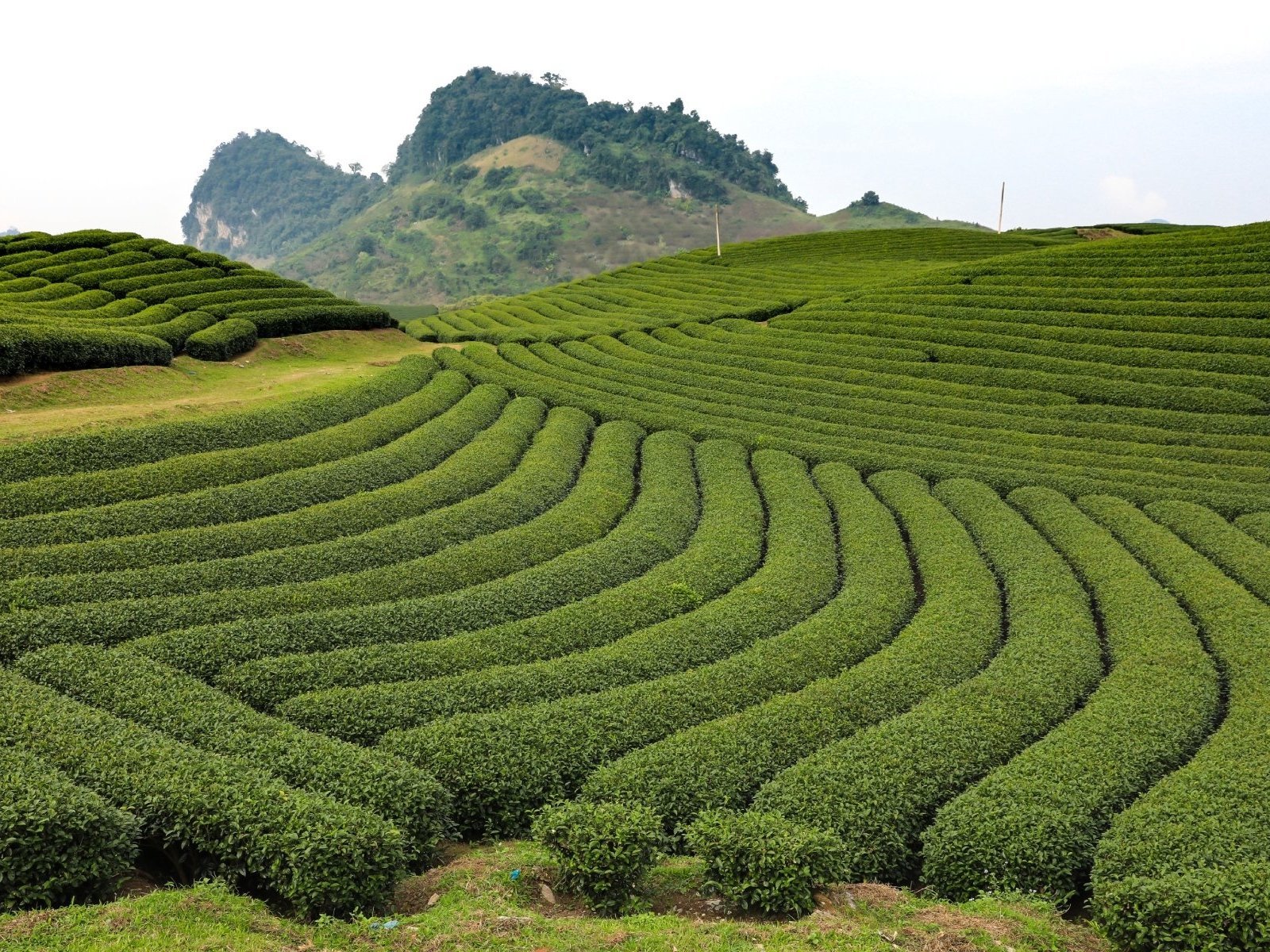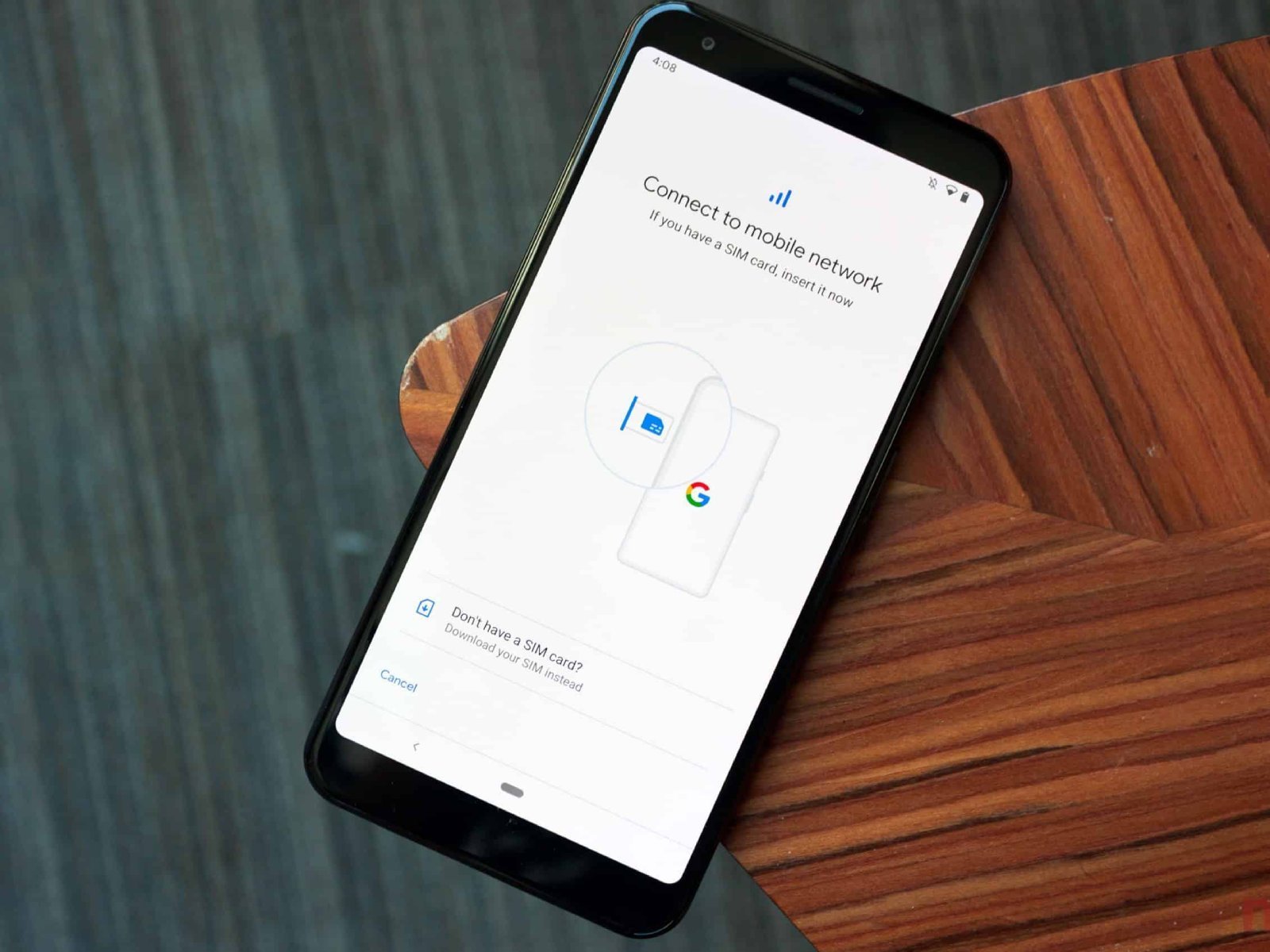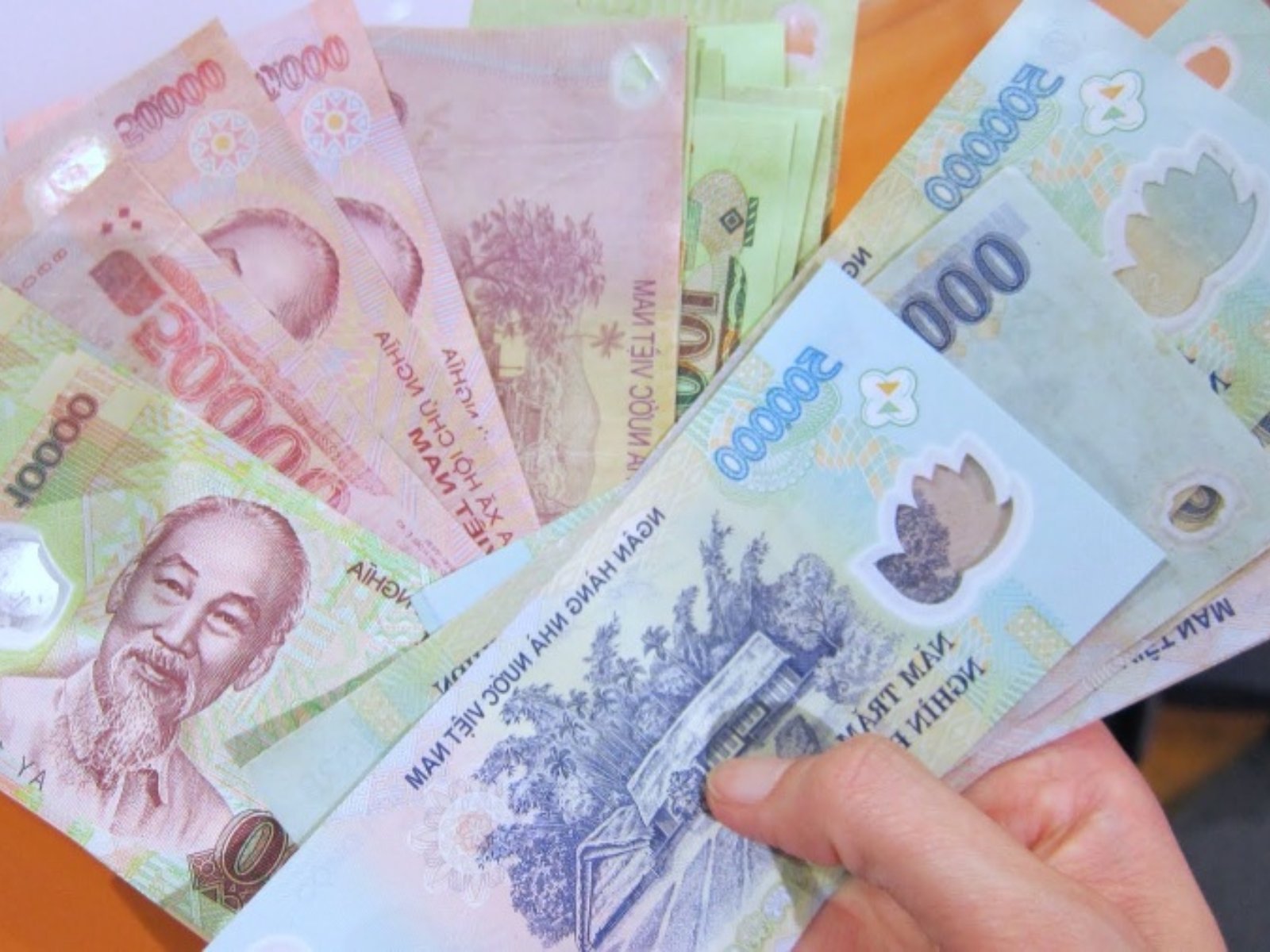In a country as geographically diverse as Vietnam, choosing the best time to visit can be tricky. Although part of the tropics, there is a range of climates and temperatures worth keeping in mind when visiting Vietnam.
Depending on when and where you go, you could be fleeced up and drinking hot tea, finding shelter from typhoons and torrential rain, or at the beach in your swimmers on the lookout for a fresh coconut.
So, to make sure your trip runs smoothly, check out our guide on the best time to visit Vietnam!
Table of Contents
Best time to visit Vietnam – Things to consider
Choosing the best time to visit Vietnam depends on you and how you intend to tailor your trip. Here are a few things to consider:
- What kind of weather do you like? Cold and fresh or hot with sunny skies?
- What parts of the country do you intent to visit? South, Central, or North?
- How weather averse are you? Can stand up to a little rain?
- Are cultural festivals on your must-do list?
- Are you looking for a city holiday or a nature escape?
Best time to visit Vietnam – In a nutshell
Northern Vietnam
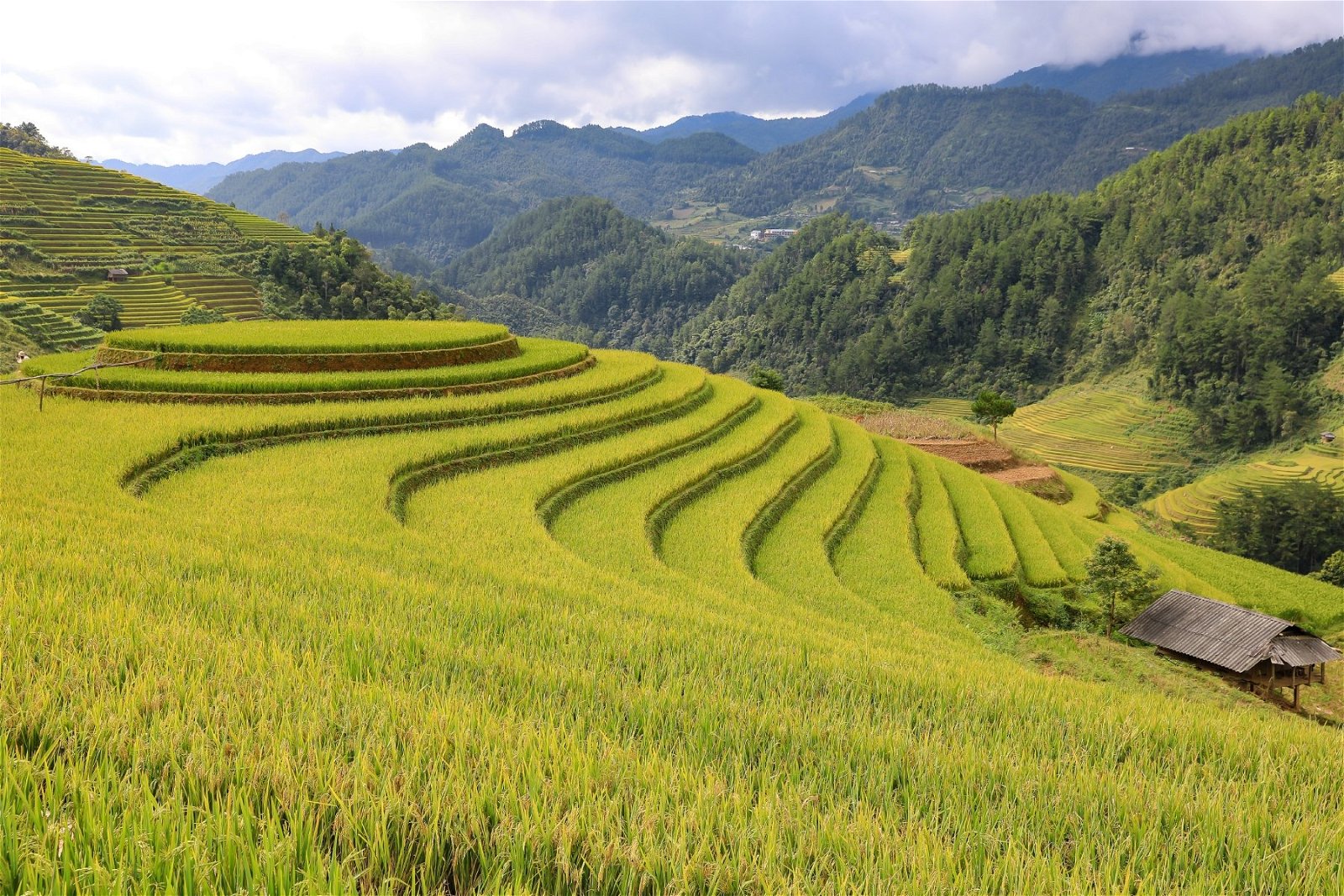
This region, which includes Hanoi and Halong Bay, has 4 distinct seasons, with average temperatures ranging from 18 C to 35 C.
- December – February: Winter; cool weather, sunny skies, and almost freezing temperatures in the mountains of Sapa and Ha Giang
- March – May: Spring: slightly more rain
- June – August: Summer; hot, humid & high rainfall
- September – November: Autumn; Cool, dry, and pleasant temperatures
Central Vietnam

Central Vietnam, home to Da Nang and Hoi An, is more tropical and gets the occasional northeasterly winter monsoon. Summers are hot.
- December: Dry and cold with low temperatures of 18 C.
- January – August: Dry season with temperatures reaching 36 C
- September – November: Rainy season
Southern Vietnam

Regions in the South, such as Ho Chi Minh City, Nha Trang, and the Mekong Delta, follow tropical weather patterns with temperatures consistently around 30 C come rain or shine!
- November – April: Dry season; sunny skies and very hot
- May – October: Rainy season; heaviest rainfall between June and August, also hot
Best time to visit Northern Vietnam
With the most diverse climate in the country, Northern Vietnam will offer you the full array of seasons.
Summer in North Vietnam (June to August)
What to do: Go to the beach
Summer, which many visitors find oppressively hot and humid, is from May to August.
Temperatures average around 30-32°C but they often approach 40°C, and monsoon rains tend to gather in the late afternoon – just when commuters are on the move. All this makes an escape to the beach more tantalising. So, instead of traversing through the sultry heat of Northern cities such as Hanoi, we suggest escaping to one of North Vietnam’s beautiful islands.
Cat Ba island, located in Halong Bay, is just a 4-hour bus trip away and offers all the fresh breezes, fish and coconuts you could wish for. If you have more time, head to Co To island to find tropical splendour, white sandy beaches and turquoise waters.
Although the cooler temperatures of the mountainous far north may be tempting, the monsoon season heightens flood and landslide risks, so we strongly advise against this.

Autumn in North Vietnam (September – November)
What to do: Head to the hills
As autumn hits North Vietnam, the arrival of more pleasant weather makes it an ideal time to visit the region’s gorgeous natural landscapes.
The end of September and early October marks harvest season in and around Sapa, giving you spectacular views of bronzed rice fields and cool temperatures for hiking.
If you visit Halong bay in autumn, you’ll find more bearable temperatures and fewer crowds, allowing you to better enjoy this stunning UNESCO heritage site.
In the far north, Ha Giang offers spectacular scenery. Rent or go on a motorbike tour for your chance to take in the wonderful mountains straddling the China-Vietnam border.

Winter in North Vietnam (December – February)
What to do: See snow in Sapa, if you are lucky
If you visit Vietnam for the first time in winter, you may be shocked at the cold winter weather.
Hanoi and other cities will likely be immersed in dense fog, and you’ll find Mitton-wearing motorbike drivers and locals huddled in jackets around steaming broths and bun cha BBQs.
In the mountainous areas, snow is common, giving you spectacular photo opportunities. If you’re not a fan of the cold, you’re best off heading further south, where temperatures are consistently warm all year round.
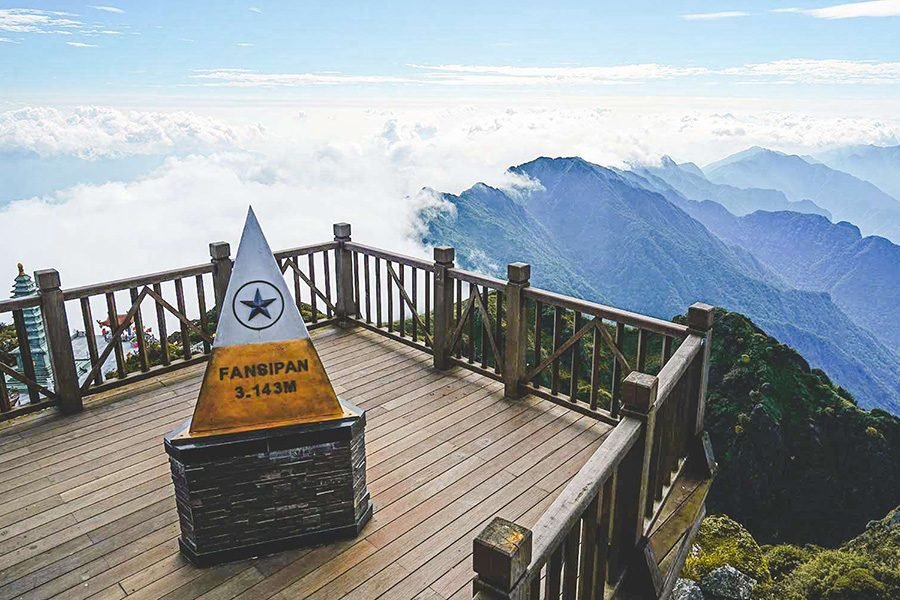
Spring in North Vietnam (March – May)
What to do: Sightseeing and boat rides
Spring in Northern Vietnam is mostly clear skies and a welcome return to warmer temperatures.
Blooming spring flowers and blossoms cover mountain slopes and rural areas, giving you stunning photo opportunities. You should check out Ninh Binh and Tam Coc where you can take a boat through mountainous landscapes, before making your way up the 400 steps of Ninh Binh to take in the spectacular mountainous backdrop.
Vietnamese New Year (Tet Nguyen Dan)
Typically in early February: Colder weather and the more traditional Northern region offers visitors a unique insight into Vietnamese culture.
Perfume Padoga Festival
February-March: Take a boat on a river etched into limestone mountains as you make your way to this vast network of Buddhist temples in the Huong Tich mountains.
Hung King Festival
April-June: Head to Phu Tho province for your chance to celebrate the founding fathers of the nation.
Mid Autumn Festival
September: Pick up some moon cake and get over to Hang Ma street in Hanoi, which is famous for its mid autumn festival parades
Related article: All about the Mid-Autumn Festival in Vietnam.
Best time to visit Central Vietnam
Central Vietnam’s climate has two main seasons: the rainy season and the dry season. However, the region’s diverse landscapes mean there are large variations across the north and south-central coast and the central highlands.
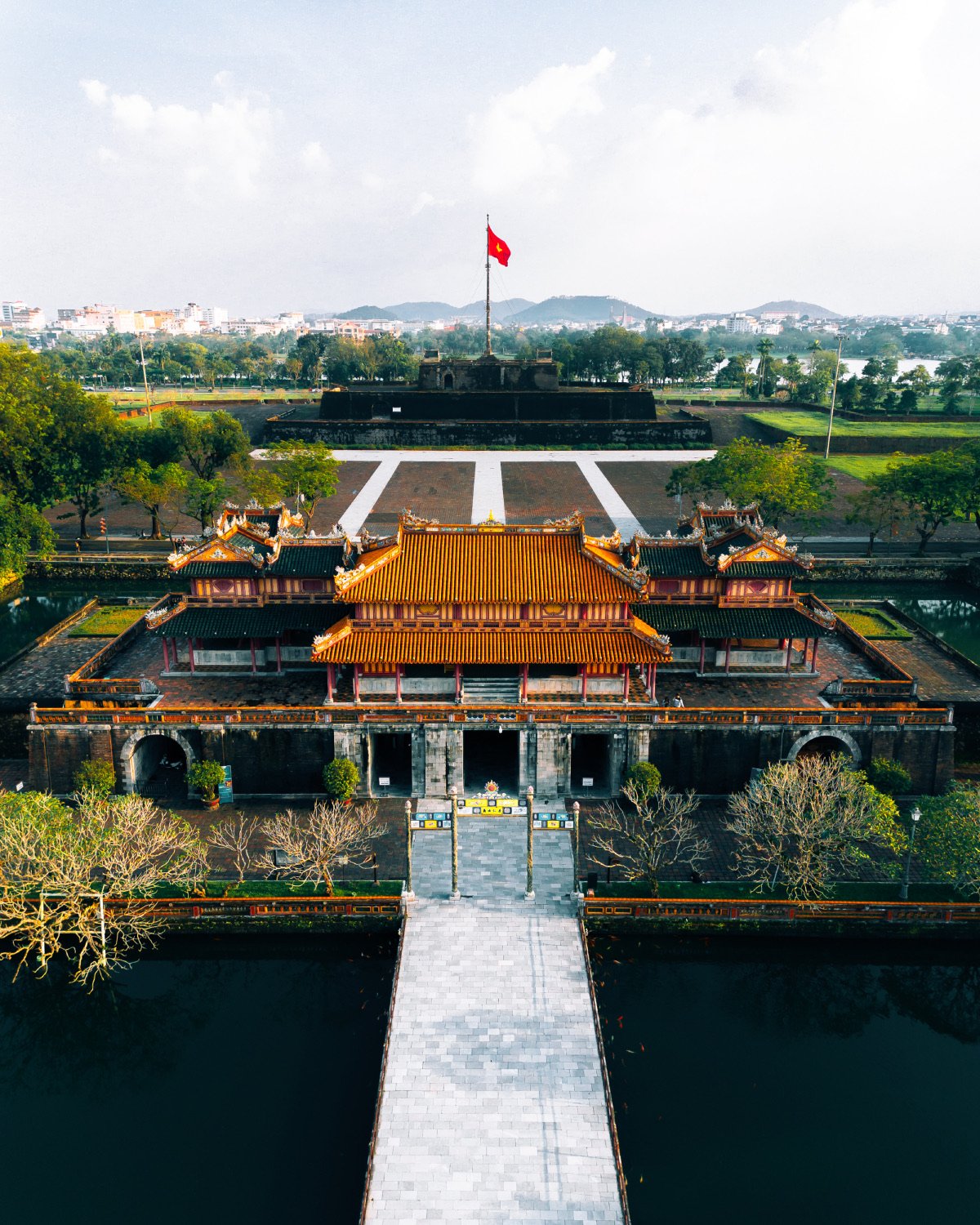
Best festivals to celebrate in Northern Vietnam
Dry Season: January – August
What to do: Get off the beaten track
Late January to July/August is the hottest and driest time to visit central Vietnam. Sunshine and blue skies are typical, and average temperatures gradually increase from 23 degrees in January to 30 in May-August.
March – June offers the best beach conditions, especially in Danang, Quy Nhon and Nha Trang. If you’re after something off the beaten track, make your way to Phong Nha Ke Bang national park, home to some of the largest caves in the world.
From May to July, long hours of sunshine and low rainfall also make it a great time to visit two of Central Vietnam’s most popular sites: Hue and Hoi An. Although there is a risk of showers the closer you get to August, you will miss the peak travel season (March) – leaving you to enjoy fewer crowds and cheaper hotels.
If you are in the region in May, you should head to the Hue festival, where you can witness a spectacular celebration of this ancient city’s culture and heritage.
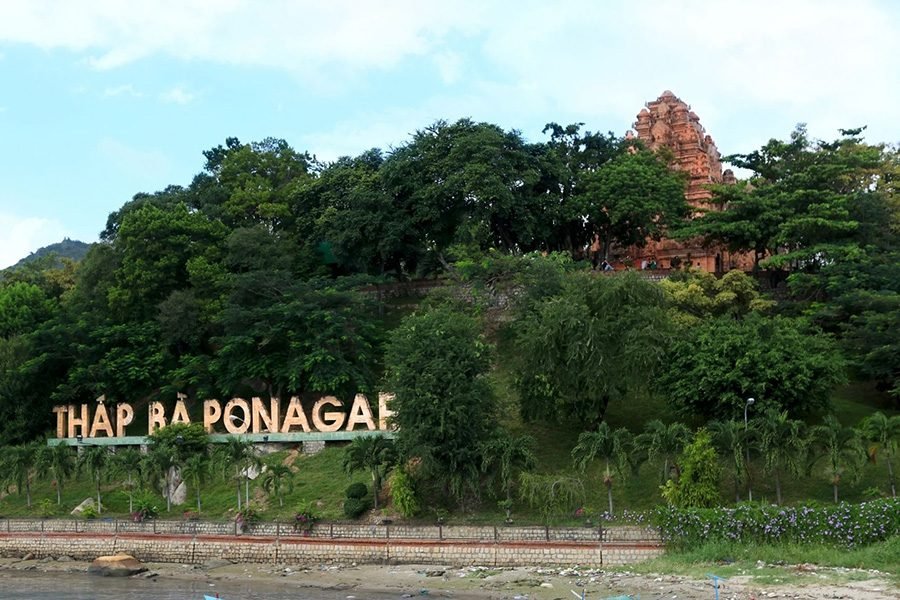
Wet Season: September – January/February
What to do: Head to the mountains of Dalat for a flower festival
September-January is not the best time to visit Central Vietnam due to the rainy season. A severe tropical monsoon climate at this time means Central Vietnam is often on the receiving end of typhoons, which can cause devastating floods. Some tourists choose to visit Hoi An.
However, whilst and beaches of Danang or Quy Nhon may be a washout, Dalat is still a viable travel destination. With relatively dry weather between November and February, this is an optimal time to check out Dalat’s famous flower festival where you will find vibrant parades and celebrations around the city. Do pack a fleece or two as the temperatures can plummet below 10 degrees, especially at night.
Best festivals to celebrate in Central Vietnam
Hue Festival
April, May, June every 2 years: This festival celebrates the ancient imperial city of Hue; its customs and traditions. The next festival is Fri, Apr 1, 2022 – Wed, Apr 6, 2022
Hoi An Lantern Festival
4th day of each lunar moon: World-famous for its glowing lanterns which line its pretty streets, Hoi An’s Lantern Festival is a must for travellers.
Danang International Fireworks Festival
Every Sunday from 2 June – 6 July: Take in these spectacular fireworks as they light up Danang’s wonderful skyline.
Dalat Flower Festival
December 20th to 24th every two years: Dalat showcases its famous flowers as it puts on majestic parades and floral exhibitions for visitors to see.
Best time to visit South Vietnam
If you want consistently warm days, South Vietnam is your best bet. Temperatures rarely drop below 25 degrees and, whilst there is a rainy season, it is not as extreme as central and northern Vietnam.
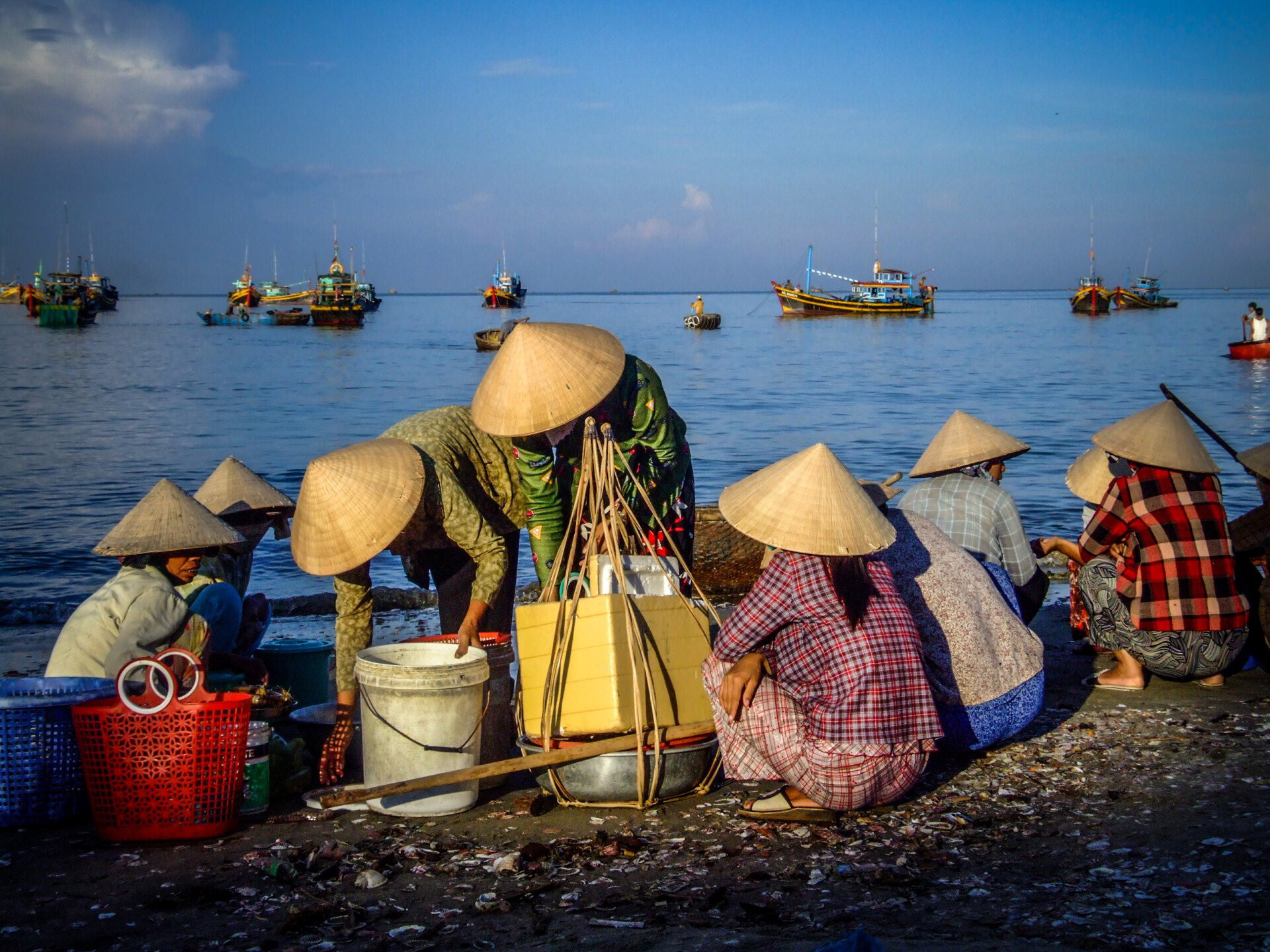
November – May Dry Season
What to do: Discover the Mekong delta
If you travel before Tet Nguyen Dan in November and December, the weather will be drier – and you’ll miss the inflated prices and tourists which are common around Tet and in high season.
Take advantage of this and get out to the mighty Mekong delta where you can visit its lush forests – home to incredible flora and fauna, floating markets, or take a cruise on a traditional basaac boat.
Other gems worth visiting include Phan Thiết, a bustling fishing town 3-4 hours from Ho Chi Minh City, with some of Vietnam’s best seafood. Just next door, you’ll find the increasingly popular town of Mui Ne, which hosts spectacular sand dunes and a picturesque coastline.
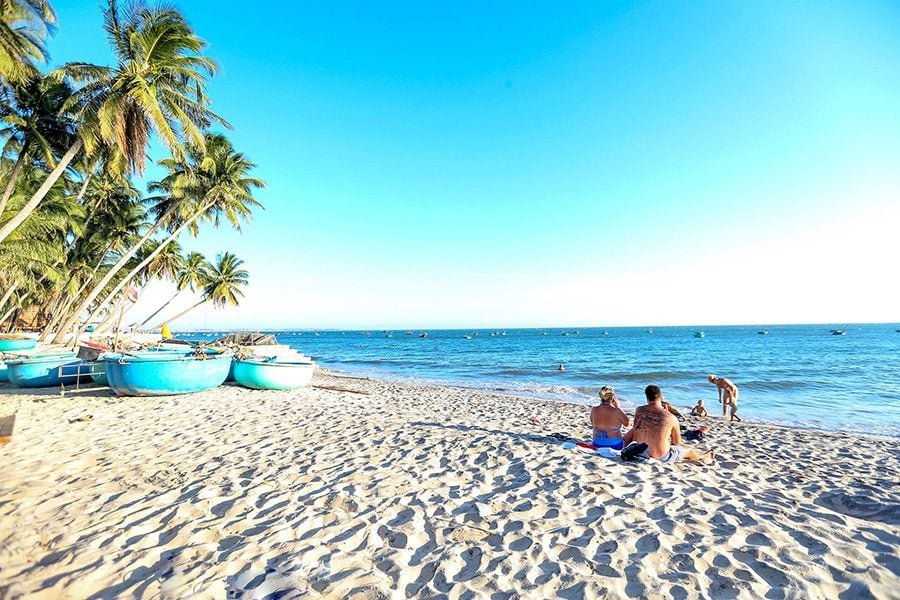
For an even closer destination, get yourself to Vung Tau. Spectacularly located on a peninsula with the ocean on three sides, the city’s sea breezes are a refreshing change from sultry Ho Chi Minh City.
Just a 2-hour ferry or 3-hour bus ride from Ho Chi Minh City, Vung Tau has long been a favourite haunt for city slickers. Try and get there on a weekday to miss the hordes of weekend tourists.
Southern Vietnam’s summer months run from February – May, and unsurprisingly this is also high season. The summer days are perfect for beach lovers, so get yourself out to one of South Vietnam’s beautiful islands. Nam Du, Con Dao and Phu Quoc islands are all renowned for their beauty, and they also cater to a range of budgets.
If you’re in Ho Chi Minh City, try doing activities early morning or late afternoon to avoid the midday heat, before cooling off at a rooftop pool or unwinding with a cocktail in one of the city’s many upscale rooftop bars.
May-October Wet Season
What to do: Island hop in the far South
The rainy season runs from May to October in Southern Vietnam. Rain tends to come and go in short bursts in the late afternoon, so just make sure you have an umbrella or raincoat handy.
Unlike central coast and northern regions, downpours are unlikely to disrupt your travel plans, but at this time you should avoid the Mekong Delta – which typically floods – and most beach destinations.
Ho Chi Minh City will have cheaper hotel rates, and its eclectic mix of museums, restaurants and cafes give you plenty of indoor areas to shelter from any showers.
Phu Quoc island, which has a slightly different weather pattern to the mainland, is also worth visiting in May and June for beach weather. There will be a chance of rainfall, but it shouldn’t last long, leaving you to enjoy lower prices and fewer crowds. From June-September, although deep into the rainy season, Con Dao island is worth travelling to so you can see the turtles nest and hatch on the beaches.

Best festivals to celebrate in Southern Vietnam
Western New Year in Ho Chi Minh City
As Vietnam’s economic and party capital, Ho Chi Minh City is the prime spot to be to bring in the New Year
Christmas
The majority of Vietnam’s Catholic population resides in the South, where you’ll find a festive atmosphere.
National Day
September: Celebrate Vietnamese independence day by visiting the reunification palace, HCMC museum, before finishing off the day at a rooftop bar to take in the city’s wonderful fireworks display.

Worst time to visit Vietnam
The Republic of Vietnam is a wonderful country with an ancient culture and stunning natural scenery. However, like any other destination, there are times of year when it is not advisable to visit.
Monsoon season in Vietnam
The first time of year to avoid travelling in Vietnam is during the monsoon months of September to December when it will be hot, humid and rainy. So it’s not the best time to explore if you’re looking for a fresh weather experience.
With heavy rain, there is often flooding in cities such as Ho Chi Minh, Hoi An, and Hanoi and exploring the countryside can be a wash-out.
If you’re planning to visit Vietnam during these months, it’s best to check what the weather will be like before you go.
Tet holiday
Domestic tourists are less likely to travel around this time due to the cultural Vietnamese New Year ‘Tet’ which lands at the start of February and lasts for two weeks. During this time, many bars and restaurants close. Those that are open are geared towards tourists.
Many Vietnamese people leave the big cities to travel to their hometown. It’s not the best time to visit if you want to experience all that each city has to offer.
If you’re planning to visit during this festive season, make sure to do your research ahead of time to see what’s open and what’s not and book things like train tickets and hotels in advance.

In Summary
From Halong Bay and the central coast to the Mekong Delta and Phu Quoc island, travellers visiting Vietnam are truly spoilt for choice. The diverse tropical climate and weather events affect the whole country at different times, and this can make visiting Vietnam tricky. But with some planning- and a bit of luck – you should be able to travel year-round. Plan it with the best food from Vietnam and your Vietnam trip will be one to remember.
For more information on Vietnamese festivals, culture and travel, check out our best festivals in Vietnam guide!

